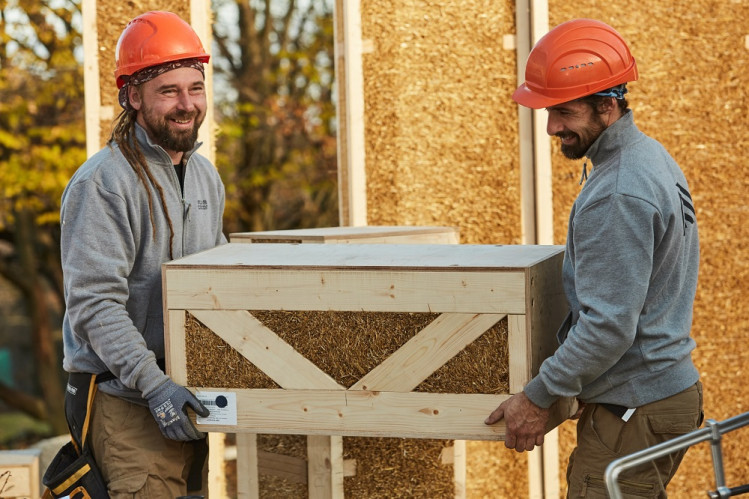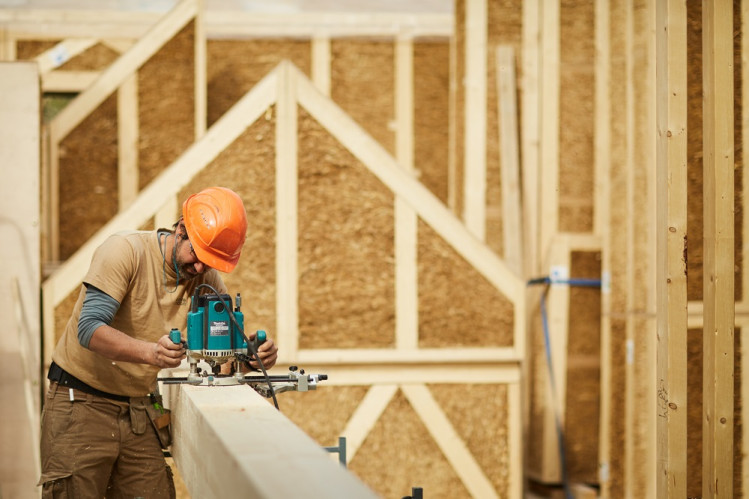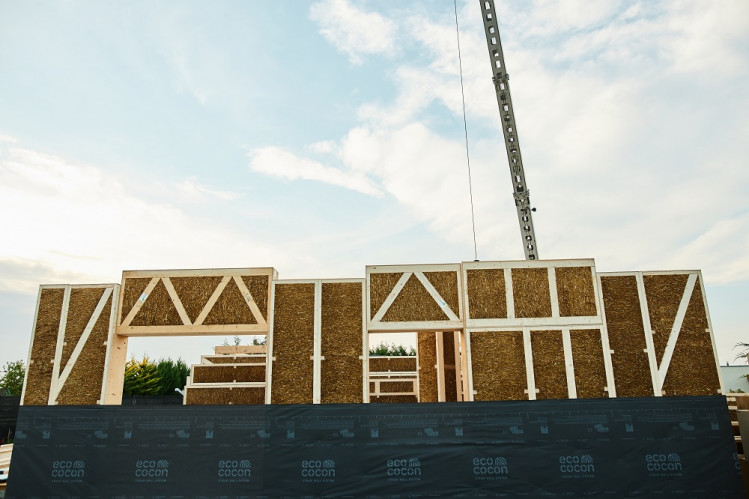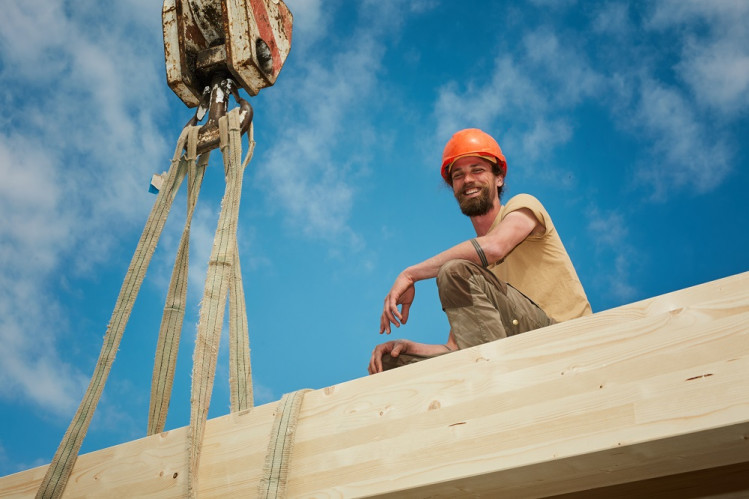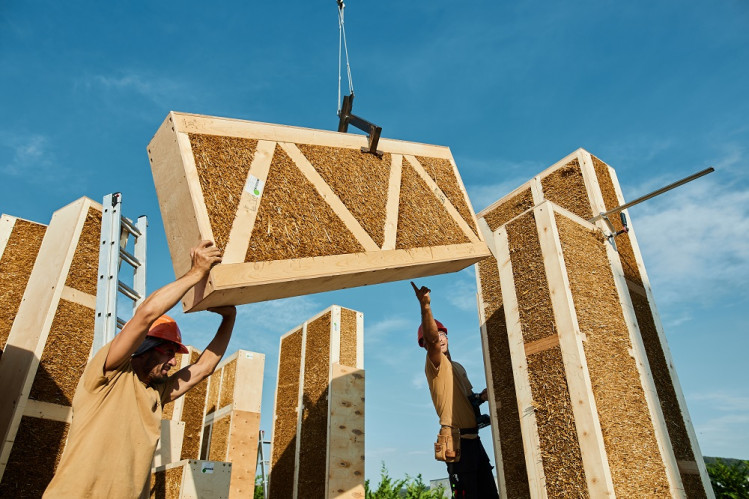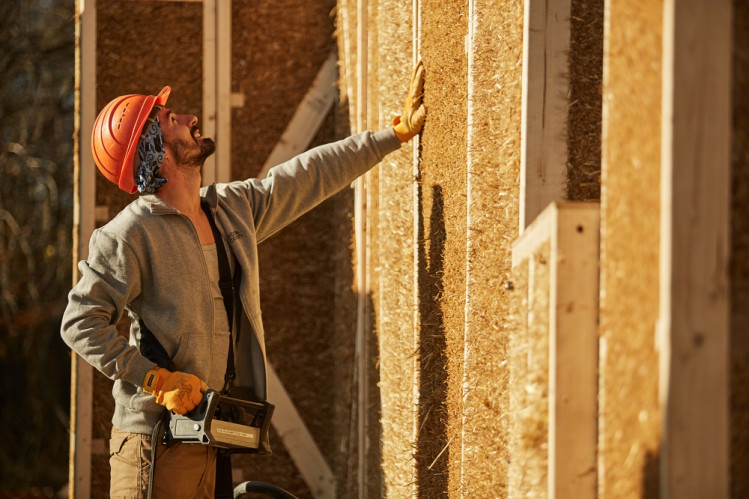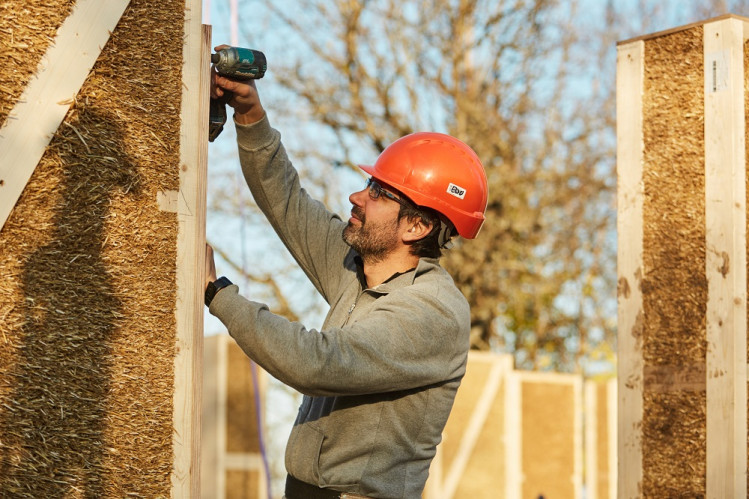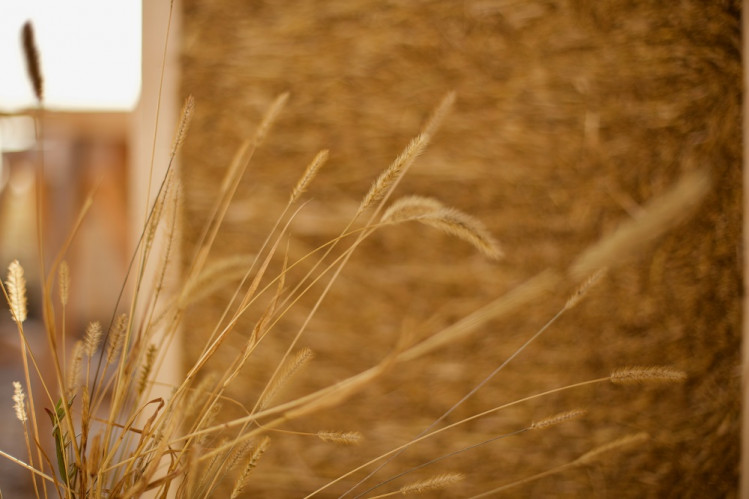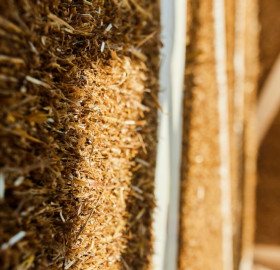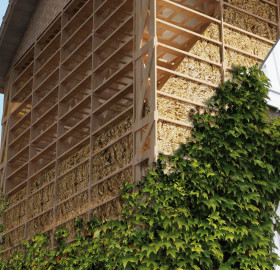Dangerous, dirty, wet, and tough. Although certainly a noble profession, it would be fair to say construction work rarely conjures up a pleasant image. Builders who work with EcoCocon, however, beg to differ. We often sing the praises of straw homes, but they are just as much of a joy to build as they are to occupy. Why?
Hold on to your screwdriver and strap in. Here are our seven reasons why EcoCocon’s straw wall system is amazing to work with.
Minimal use of wood
Granted, using less wood may seem like a strange perk to suggest to a carpenter, but hear us out. It takes about 80 years for a tree to grow, compared to straw, which takes only one year. That puts straw right up there as one of the easiest materials to source.
EcoCocon strikes the perfect compromise in preserving forests, securing load-bearing capacity, while giving carpenter’s tools enough to chew on.
Airtight concept
While timber and straw make for a beautiful building material, EcoCocon panels also bring the highly coveted performance sought by Passive House homeowners and builders alike.
Much of the insulative power would be wasted, however, without proper airtightness. Unlike most systems, EcoCocon applies an airtight, vapour-permeable membrane on the exterior side, sparing builders much trouble with tricky installation around plumbing and electricity inside the building.
Airtightness is typically measured with a blower door test, which EcoCocon homes always blow out of the water. As a result, they are easy to build, easy to maintain, airtight, and exceptionally energy-efficient. If you are aiming for the Passive House standard, aim for EcoCocon.
Barrels of fun
Turnover in the construction sector can be rough. Craftsmen hopping from one contract to another, crews always changing. Sifting through our social media, you may notice a few things reappear consistently in the pictures: unique projects, a slick product, and, curiously, the same faces.
Building companies working with EcoCocon seem to be able to retain their carpenters and keep them happy for years. What’s the secret?
In a word, motivation.
Having fun on a construction site with a clean modular wall system, all while helping to make the industry more sustainable. Nice gig if you can get it. Once you do, you’ll want to keep it.
Easier to build up than to tear down
To be fair, that is not quite true. It is about equally as easy.
Thanks to the modular system, EcoCocon walls can be erected quickly, often in a matter of days. Sometimes in a single day. The panels are simply placed according to the panel project, screwed together and onto ring beams. Disassembly is possible and just as straightforward. The builders call it “big boys’ Lego”, and for good reason. But this breed of Lego is remarkably strong, and able to build up to six storeys load-bearing.
What’s more, leftover material can be just left at the construction site to become free fertiliser. Instead of cleaning up and transporting materials, be environmentally responsible, don’t bother and leave your trash behind.
Come out smelling of roses
A part of our mission is to provide a healthy alternative for housing. Healthy workplace, however, is just as important.
A conventional construction site is about the furthest thing from that one can think of. Concrete, polystyrene, or even bricks are clearly not very nice to work with. That said, regular timber construction can be unpleasant as well, with scobs and sawdust everywhere.
EcoCocon is different. The straw and wood used in the panels are in their raw state, and do not undergo any chemical processing. The construction site is clean, dry, and smells really good. Smell-wise, you can do a lot worse than a strawpenter, and not much better than one, bar a florist. Unfortunately, this will likely disqualify you from appearing on the Dirty Jobs TV show segment.
Easy to learn, easy to master
One or two days is all it takes to train a carpenter in the ways of EcoCocon. Can you follow a simple manual? Do you have a screwdriver? You’re in!
No upskilling needed. Nothing else to be said.
Carbon up front, please
Supposedly green projects are often touted as environmentally friendly due to how little CO2 the materials emit during their lifetime. But what about their footprint before they ever set foot on a construction site? A different story; though, often ignored at the decision table.
The upfront carbon of EcoCocon straw walls pales in comparison. The walls take a meagre 2,26 kg of CO2 per m2 to produce, and store orders of magnitude more, making them carbon negative.
It feels good when you know each segment of a wall you build helps to bring us closer to a sustainable future.
And with these seven reasons, we rest our case. At the end of the day, satisfaction from one’s work comes from knowing the customer is provided with a quality product implemented well. EcoCocon’s high-performance walls are just that. Positive word of mouth is the cornerstone of a company’s good reputation. And our happy customers have many words to say.

